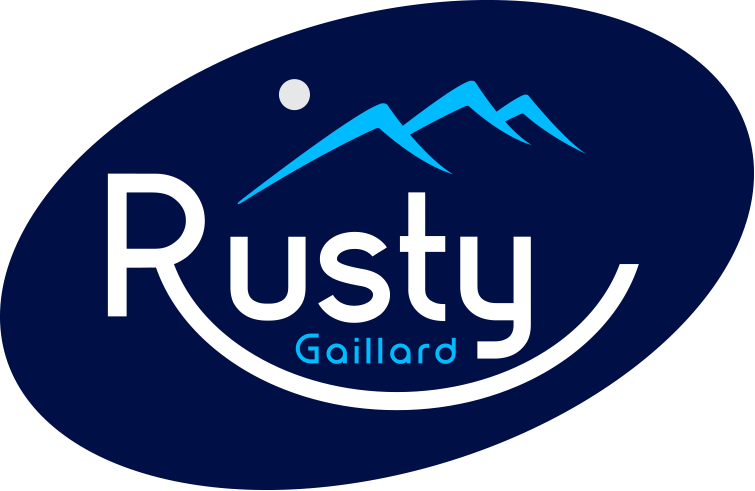3 Steps to Better Decisions
Your success as a leader isn't determined by your technical expertise, your credentials, or even your years of experience. It's determined by the quality of your decisions.
Every choice you make—from how you allocate team resources to which strategic initiatives you champion—creates ripple effects that either propel your career forward or hold you back.
Yet so many accomplished professionals find themselves trapped in decision paralysis, caught between what they think they *should* do and what they actually *want* to do.
When Analysis Becomes a Crutch
If you're like most high-achieving corporate professionals, you pride yourself on being analytical and thorough. When faced with a decision, your instinct is to gather data, create a framework, and methodically evaluate options.
This approach serves you well in many contexts. But there's a fundamental problem that few leaders acknowledge: even the most rigorous analytical frameworks can be manipulated. You can adjust weights, prioritize certain metrics over others, and ultimately engineer the process to justify the outcome you secretly preferred all along.
Think about it: how many times have you built an elaborate decision matrix only to feel unsatisfied with the "winning" option? That discomfort reveals an important truth—decision-making is rarely as objective as we pretend it is.
The Biological Barrier to Clear Thinking
What's actually happening when you struggle with important decisions isn't a lack of data or frameworks. It's that you're operating from a state of stress—a biological response that fundamentally changes how your brain functions.
When you're stressed (a milder form of fear), your body activates its fight-or-flight response. Blood flow is directed away from your prefrontal cortex—the region responsible for rational thought and clear decision-making—and toward systems that help you survive immediate threats.
The result? You become overly risk-averse. Your mind fixates on avoiding loss rather than pursuing gain. You optimize for fitting in rather than standing out. This biological response is disastrous for modern professional decision-making.
From Conformance to Breakthrough
The most transformative moments in any career happen when a leader breaks free from this conformance mindset and makes decisions that others aren't willing to make.
Consider Amazon expanding beyond books despite critics calling it foolish, or Apple eliminating physical keyboards on smartphones when every competitor considered them essential. These weren't data-driven decisions—they were intuitive leadership calls that required breaking from conventional thinking.
Your breakthrough moments will require the same courage—whether it's advocating for an unpopular but necessary strategic shift, reallocating resources against conventional wisdom, or making a career pivot that others don't understand.
Three Tools for Transformative Decision-Making
Here are three practical techniques that can help you move from conformance to breakthrough in your decision process:
1. Change Your State Before Deciding
When you feel pressure mounting around a decision, your first step isn't to gather more data—it's to change your physical and mental state. Step outside. Take a walk. Practice deep breathing. Do whatever it takes to get out of that stressed mindset.
Barack Obama famously used this technique during his presidency. After intense briefings with advisors, he would deliberately step away—have dinner with family or engage in another activity—before finalizing important decisions. He knew that stress was the enemy of clear thinking.
2. The Revelatory Coin Flip
For binary decisions, try this surprisingly effective approach: assign one option to heads and the other to tails, then flip a coin. But here's the key—don't follow the coin's result. Instead, notice your immediate emotional reaction to it.
Did you feel relief when it landed on option A? Or did you feel a twinge of disappointment, secretly hoping for option B? That visceral response reveals your intuitive preference—the choice you actually want to make but might be afraid to admit.
3. The 10-10-10 Framework
Ask yourself how you'll feel about this decision in:
- 10 minutes (immediate impact)
- 10 months (medium-term consequences)
- 10 years (long-term implications)
Most leaders optimize for the first timeframe—avoiding immediate discomfort or conflict. But transformative decisions are made when you optimize for the 10-year horizon instead.
Stepping Into Your Leadership Potential
Most professionals overestimate what they can accomplish in a week and underestimate what they can achieve in a decade. This skewed perception leads to playing it safe, choosing incremental improvements over bold action.
Your greatest potential lies beyond this conformance trap. It requires courage to bring your strongest opinions to the table, to advocate for your vision, and to make decisions that might initially be unpopular but will prove transformative over time.
The question isn't whether you have the capability—it's whether you're willing to make the decision to lead differently. Will you continue turning the crank on existing processes? Or will you be the leader who makes choices that create lasting impact?
The decision, as always, is yours.



